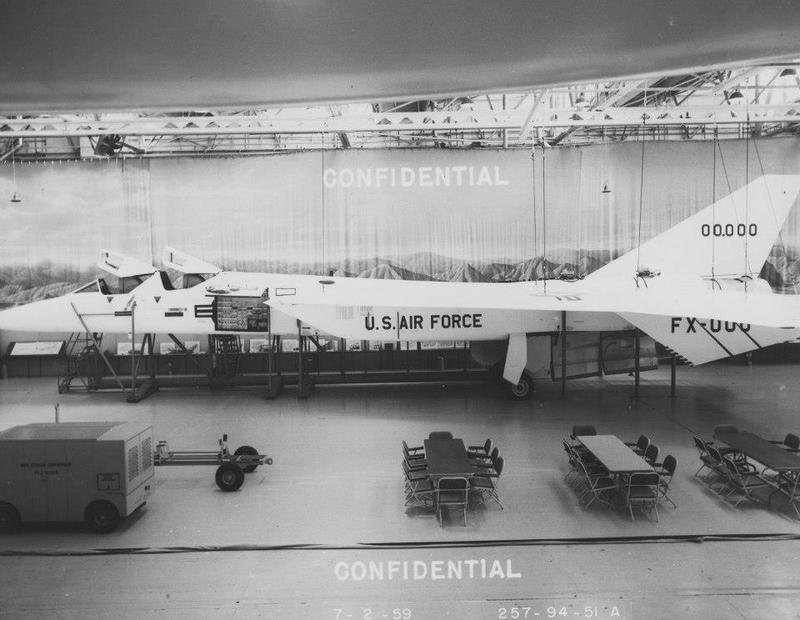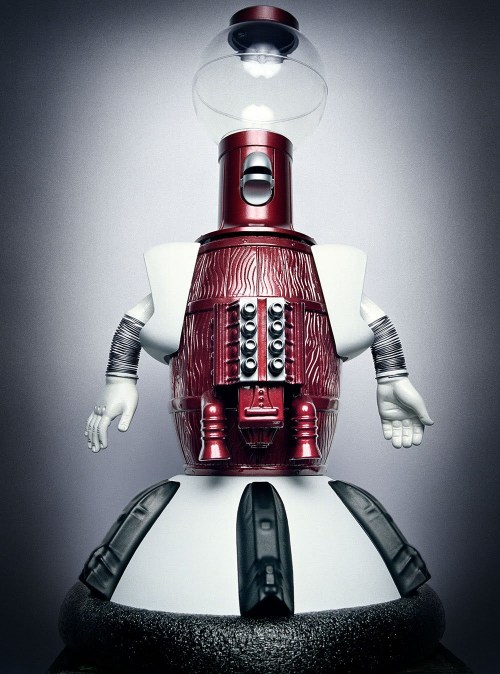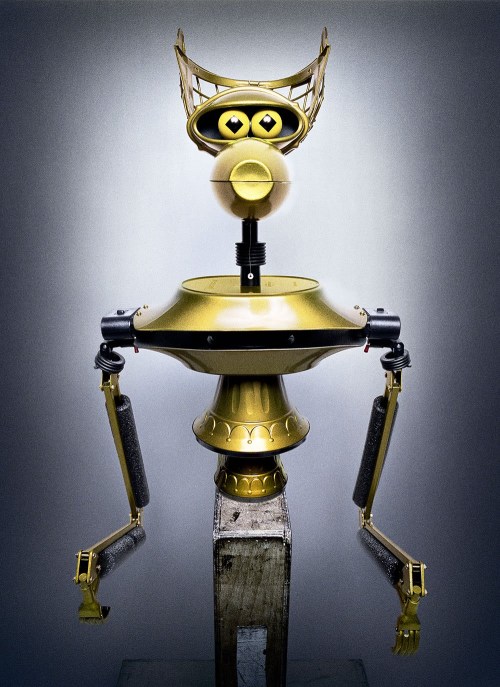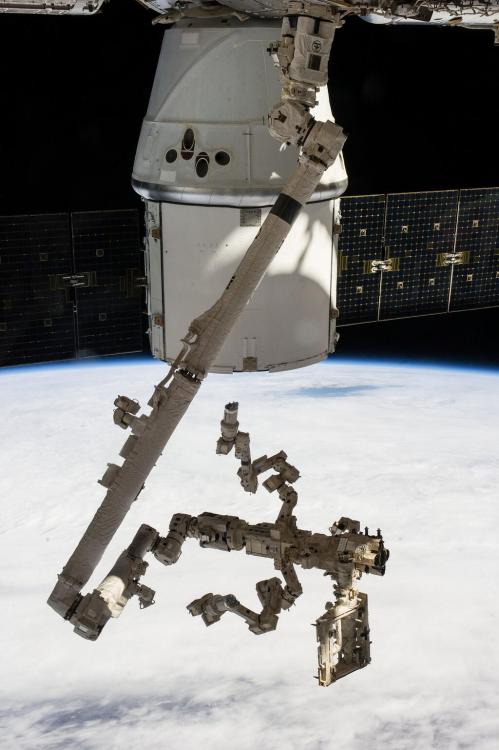Billionaire Elon Musk said his private spaceflight company SpaceX has made some progress toward establishing a permanent colony on Mars — a longtime goal in the entrepreneur’s push to help make humanity a multiplanet species. “The reason SpaceX was created was to accelerate development of rocket technology, all for the goal of establishing a self-sustaining, permanent base on Mars,” Musk told an audience here after receiving the Robert A. Heinlein Memorial Award during the 33rd annual International Space Development Conference on Friday (May 16). Musk cited the success of SpaceX’s recent reusable rocket test on April 18 as a critical achievement on the road to Mars. During that test flight, SpaceX launched a two-stage Falcon 9 rocket from its Florida pad and then returned the rocket’s first stage back to Earth to make a vertical “soft landing” at a target in the Atlantic Ocean, before splashing down.











